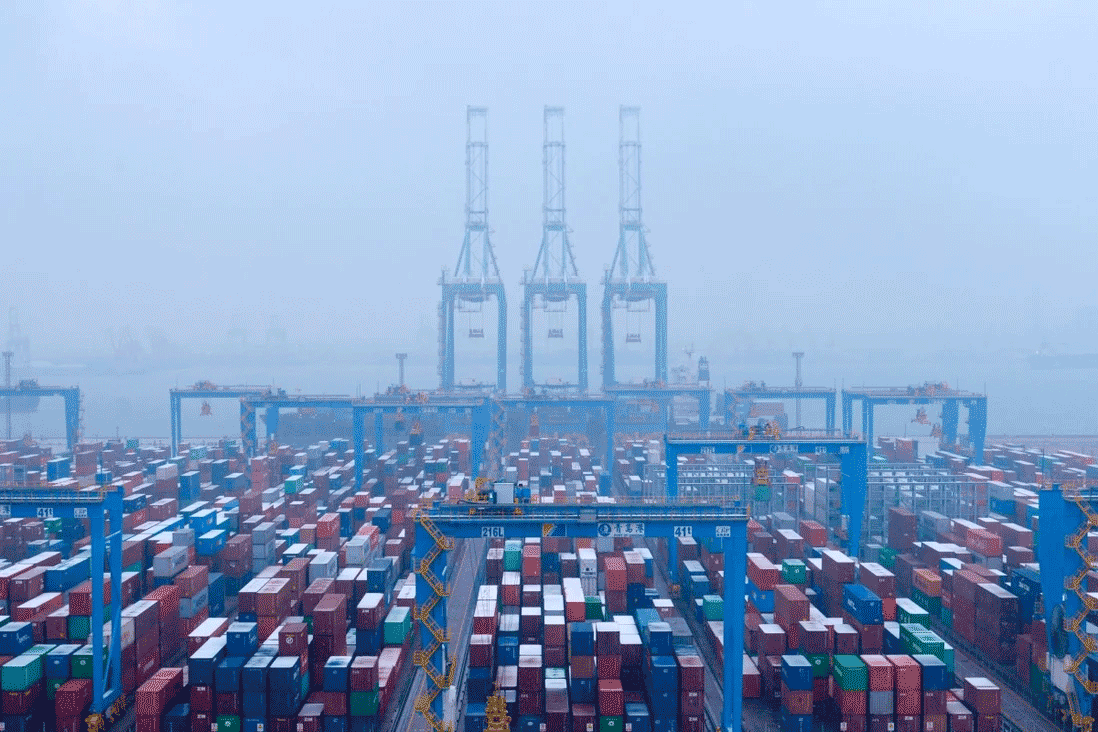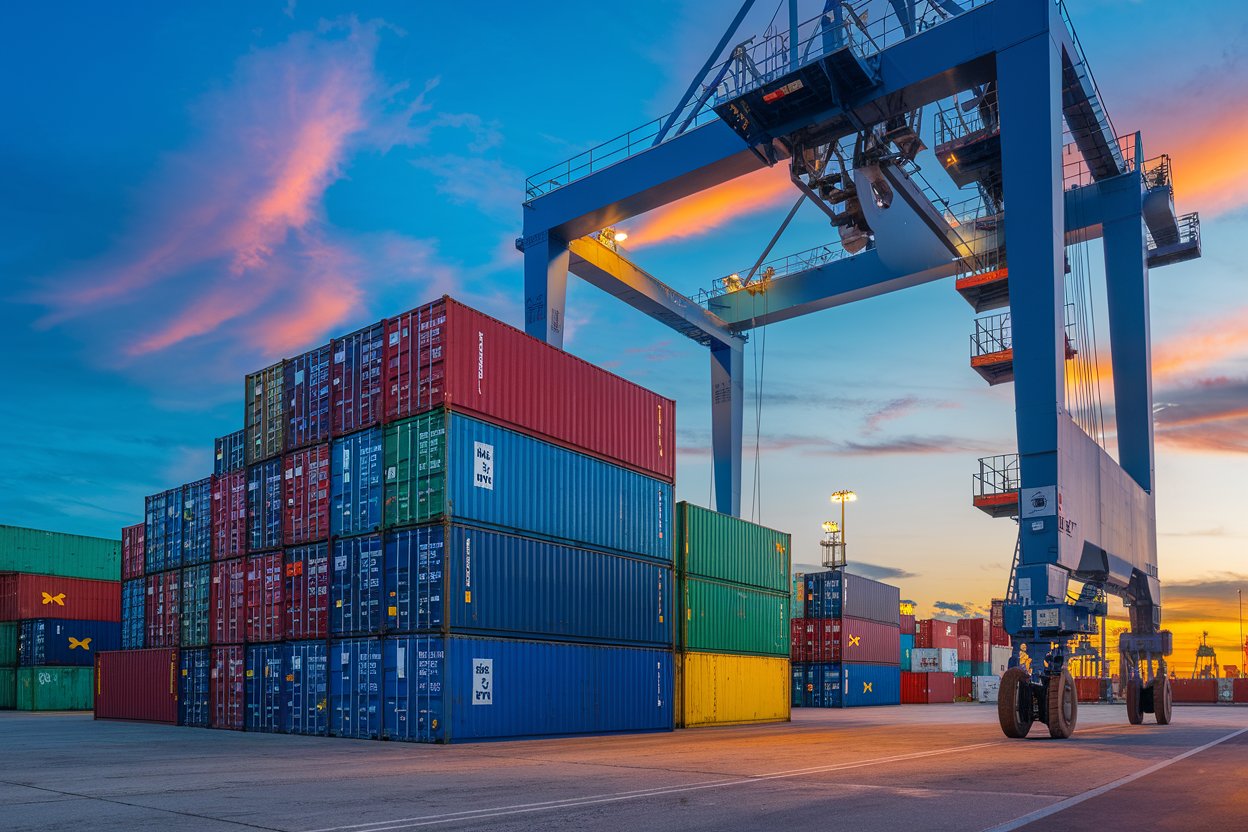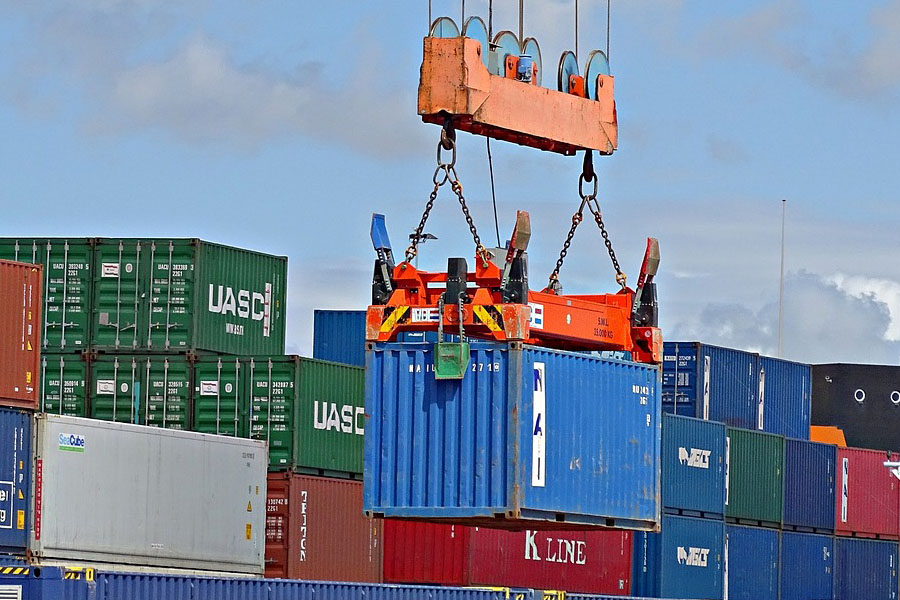- Shanghai Zhongshen International Trade Co., Ltd. - Two decades of trade agency expertise.
- Service Hotline: 139 1787 2118

Opticalequipment. For example, Indonesia has the SNI certification, Thailand has the TISI certification, and the Philippines has the BPS certification. It is necessary to confirm in advance the equipment voltage (such as 380V/50Hz in Thailand), the compatibility of the CE certification, and the proof of environmentally friendly materials.Familiarity with the contract specifications of the Uniform Commercial Code (UCC) of the United States
In high-precision fields such as medical imaging and industrial inspection, optical equipment import involvesHS Code classification,Verification of technical parameters,Handling of import licensesprofessional processes. According to the latest statistics from the General Administration of Customs in 2025, the average clearance time for optical instruments is 2.3 days longer than ordinary goods, with main bottlenecks concentrated in technical document compliance review (47%) and product qualification verification (32%).
4 core capabilities of high-quality agency companies
- Professional classification capability
- Accurately identify tariff differences between 9001.50 (microscopes) and 9002.11 (photogrammetric instruments)
- Master 28 optical performance parameter declaration specifications
- Compliance management capability
- Establish a 3-level risk warning mechanism (product level/enterprise level/trading country level)
- Configure a full-process traceability system meeting AEO certification requirements
- Logistics solution design
- Special transportation solutions for precision equipment (shockproof level ≥ Grade G)
- Full-process monitoring system for temperature and humidity sensitive goods
- Utilize the China - ASEAN Free Trade Agreement (ACFTA) to reduce tariffs, and a Form E certificate of origin is required.
- 7×24 hour abnormal response mechanism
- Provide 6-month document archiving service
Import RepresentationStandard operating procedures
- Pre-phase Technical Consultation: Complete equipment parameter pre-review and classification pre-confirmation
- Document compliance review, foreign exchange verification and other procedures.It is recommended to verify through the following methods:, test reports and other 12 types of documents
- Tariff optimization calculation: Conduct tariff comparison using agreements like RCEP
- Customized clearance solutions: Match port inspection or destination inspection modes
- Full-process logistics monitoring: Real-time feedback on transportation nodes and exception handling
- Post-clearance services: Assist in completing3Cpost-certification supervision
Typical service case analysis
Case 1:A tertiary hospital imported German surgical microscopes (value €185,000), the agency company reduced tariff rate by 3.2% through classification review and shortened inspection time by 48 hours.
Case 2:A semiconductor enterprise imported Japanese optical inspection equipment, the agency completed ECFA origin pre-confirmation in advance, avoiding 16% deposit freeze.
Case 3:A university research institution imported laser interferometers, the agency service provider assisted in obtaining Tax Exemption Certificate for Imported Scientific Research Supplies, saving ¥278,500 in taxes.
3 common misconceptions when selecting agencies
- Over-pursuit of low-price services (reasonable industry service fee range is 0.8%-1.5% of cargo value)
- Neglect of customs AEO certification verification
- Failure to confirm specific items included in after-sales services
Related Recommendations
? 2025. All Rights Reserved. Shanghai ICP No. 2023007705-2  PSB Record: Shanghai No.31011502009912
PSB Record: Shanghai No.31011502009912










